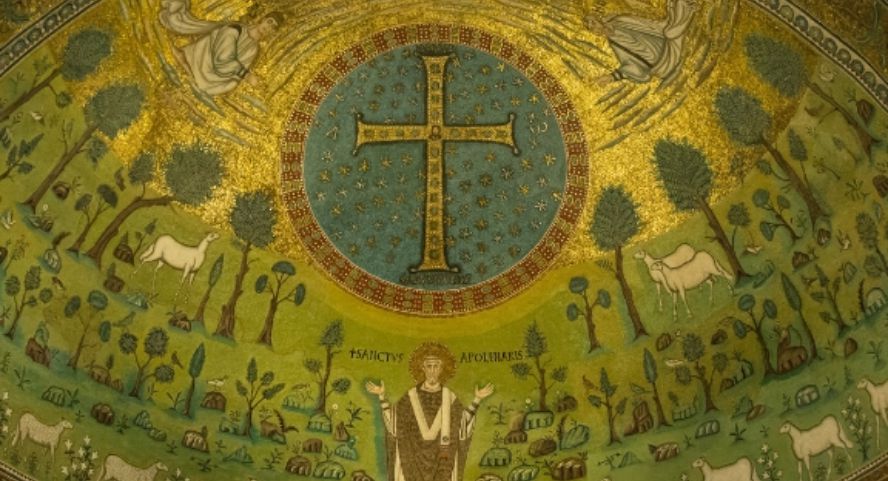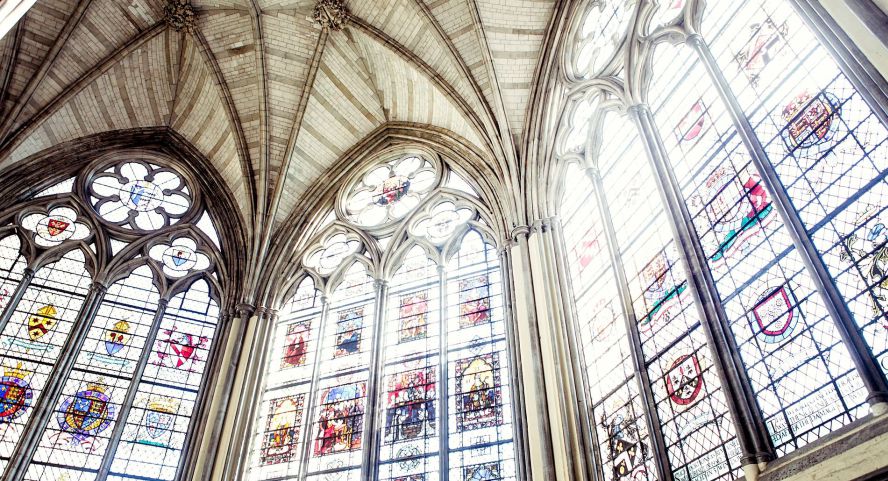Istotne i charakterystyczne elementy duchowości Matek Pustyni
Piotr Turzyński
Katolicki Uniwersytet Lubelski Jana Pawła II , PolskaAbstrakt
The desert mothers lived between monks in the fourth and fifth centuries. In Apofthegmata Patrum we have preserved same sayings and stories related to Amma Sarah, Amma Syncletica and Amma Theodora. The subject of this article is Meterikon, the new book published quite recently in Poland, which includes some 600 texts attributed to the mothers of the desert or addressed to them. The author of the collection was Byzantine monk Isaiah, who worked on it at the beginning of 13th century, conscious that no one had compiled “such a feminine book”. A Russian bishop found the Meterikon in Jerusalem in the middle of 19th century, and had a translation made of this “absolute rarity”, which would later be published in Greek as well as Russian. We do have now Italian, German and Polish translation. Meterikon presents spirituality of the desert mothers, which is the same like spirituality of the desert fathers, but has its own special accents. Women on the desert consider themselves as brides of Jesus Christ, who is the centre, model and goal of their live. In the spiritual straggle, which is necessary on the desert, they tried to be brave as man and they showed that courage is not appropriate only for one gender. In the sayings of the desert mothers we so often find encouragement to the silence and meekness that we can tell about deep theology of silence in their thinking.
Słowa kluczowe:
duchowość Matek Pustyni, Meterikon, apoftegmaty, Ojcowie Pustyni, Matki pustyniBibliografia
Apophtegmata Patrum, PG 65, 71-440.
Athanasius, Vita sancti Antonii, PG 26, 838-976.
Concilium Vaticanum II, Unitatis redintegratio, ed. i tłum.: Dekret o Ekumenizmie, w: Sobór Watykański Drugi, Konstytucje, dekrety, deklaracje, [wyd. łacińsko-polskie], Paris 1967, 196-221.
Gerontikon, PG 65, 202, tłum. M. Borkowska: Apoftegmaty Ojców Pustyni, t. 1. Gerontikon (Księga Starców), ŹM 4, Kraków 1994.
Miterikon. Sobranie nastawlenij Awwy Isaii wseczestnoj inokine Feodore, tłum. T. Goworow, Typolitgraphia I. Jefimowa Moskwa 1891, 1995 [reprint]; tłum. włoskie: Meterikon. I detti delle madri del deserto, ed. L. Coco, tłum. A. Siviak, Milano 2002; tłum. niemieckie: Meterikon. Die Weisheit der Wüstenmütter, hrsg. M. Bagin – A.-A. Thiermeyer, Augsburg 2004; tłum. polskie: Meterikon. Mądrość Matek pustyni, red. M. Bagin – A.-A. Thiermeyer, tłum. B. Widła, Warszawa 2010.
Pseudo-Athanasius, Vita sanctae Syncleticae, PG 28, 1487-1558.
Borkowska M., Twarze Ojców Pustyni, Kraków 2001.
Brown P., Ciało i społeczeństwo. Mężczyźni, kobiety i abstynencja seksualna we wczesnym chrześcijaństwie, tłum. I. Kania, Kraków 2006.
Chialà S., La vita spirituale nei padri del deserto, Trapani 2006.
Chryssavgis J., W sercu pustyni. Duchowość Ojców i Matek Pustyni, tłum. M. Chojnacki, Kraków 2007.
Coco L., Introduzione, w: Meterikon. I detti delle madri del deserto, ed. L. Coco, Milano 2012, 7-23. (Crossref)
Crouzel H., Orygenes, tłum. J. Margański, Kraków 2004.
Gobry I., Storia del monachesimo, t. 1, Roma 1991.
Gouillard J., Una compilation spirituelle du XIIIe siècle. Le livre II de abbé Isaïe, EO 38 (1939) 72-90. (Crossref)
Hausher I., Le Météricon de l’abbé Isaïe, OCP 12 (1946) 286-301.
Quasten J., Patrologia. I Padri greci (secoli IV-V), II, Casale Monferrato 1980.
Schneider M., Ze źródeł pustyni. Znaczenie Ojców Pustyni dla współczesnej duchowości, tłum. E. Krukowska, Kraków 1994.
Swan L., Zapomniane Matki pustyni. Pisma, życie i historia, tłum. P. Kaźmierczak, Kraków 2005.
Szczur P., Makryna Młodsza, EK X 894-895.
Szczur P., Marcelina, EK XI 1226.
Szczur P., Melania Młodsza, EK XII 488.
Szczur P., Melania Starsza, EK XII 488-489.
Thiermeyer A.-A., Ojcowie pustyni i Matki pustyni, w: Meterikon. Mądrość Matek pustyni, red. M. Bagin – A.-A. Thiermeyer, tłum. B. Widła, Warszawa 2010, 7-38.
Turzyński P., Miłosierdzie u Ojców i Matek Pustyni, w: Oblicza miłosierdzia, red. E. Matulewicz, Warszawa 2010, 147-164.
Katolicki Uniwersytet Lubelski Jana Pawła II
Licencja
Artykuły w czasopiśmie objęte są licencją Attribution-NoDerivatives 4.0 International (CC BY-ND 4.0). Autorzy i użytkownicy mogą korzystać z utworów na licencji CC-BY-ND od roku 2018. Dla wcześniejszych publikacji prawa autorskie są udostępnione na prawach dozwolonego użytku zgodnie z zapisami Ustawy z dnia 4 lutego 1994 r. o prawie autorskim i prawach pokrewnych.







